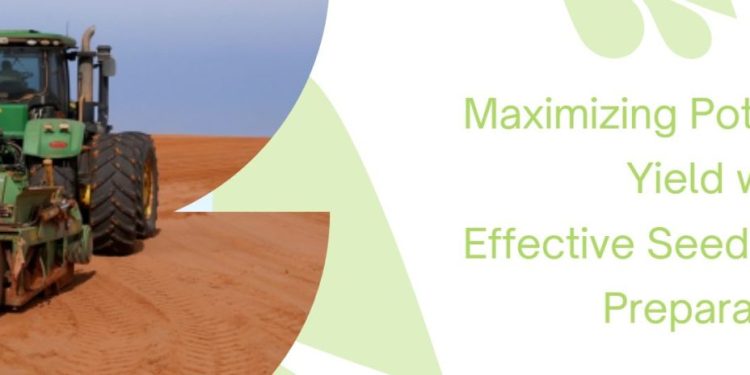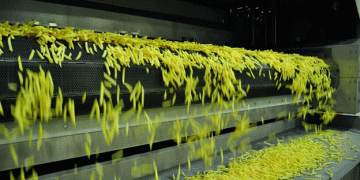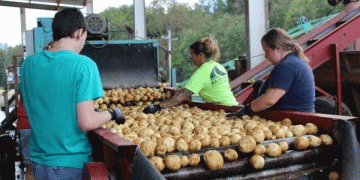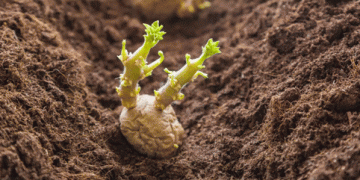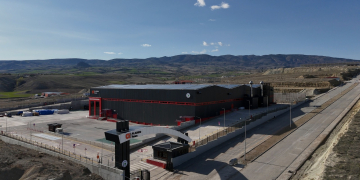#PotatoCultivation #SeedbedPreparation #PotatoYield #HillConstruction #WeedControl #SoilManagement #AgricultureTechniques #AgriculturalPractices
Seedbed Preparation for Potato Cultivation:
The success of potato cultivation heavily relies on the proper preparation of the seedbed. A well-prepared seedbed not only facilitates the growth of healthy tubers but also aids in efficient weed control and moisture management. Let’s take a closer look at some essential aspects of seedbed preparation:
The Importance of Hills (Mounds):
Hills, or mounds, are raised beds that play a vital role in optimizing potato growth. According to research by Jackson et al. in 1997, hills have several benefits, including improved aeration and drainage, promoting stolon development during Growth Stage 2, and protecting rapidly expanding tubers by keeping them covered in soil. Additionally, hills reduce the risk of potato tuber moth damage and pre-harvest frost events.
It is recommended that the hills be constructed around 25 to 30 cm high, providing an ideal environment for the tubers to thrive. Shaping the top of the hill flat is essential to allow water infiltration, preventing tubers from greening in the shoulders, and minimizing soil erosion in the furrows.
Post-Plant Hilling for Weed Control:
In sandy soils prone to drifting after planting, post-plant hilling can be beneficial, allowing for mechanical weed control. However, caution should be exercised to avoid in-furrow compaction or damage to the roots and stolons. It’s crucial to avoid conducting cultivation when the soil is saturated, as suggested by Sieczka in 2010.
Addressing Challenging Soil Types:
For rocky, compacted, hard-setting, or cloddy soils, as well as those prone to waterlogging, using a bed former before planting can significantly ease the planting process. A bed former creates stable furrows and raised beds, facilitating water flow and aeration through the hills. Moreover, the use of a ‘separator’ can help remove rocks and large clods from the beds, enhancing harvest operations and ensuring maximum growth of in-specification tubers.
Hills Orientation in Steep Terrain:
In steep terrains, hills should be oriented up and down the slope to facilitate machinery operations, especially during harvest. To minimize erosion down hillslopes, a recommended post-planting hilling-reservoir tillage operation using equipment such as a Dammer Diker® can be employed. This implement’s shank provides inter-row tillage, relieving compaction, while the ‘spider’ creates small indents in the furrow, retaining water and promoting its infiltration into the soil.
Seedbed preparation is a critical step in potato cultivation that significantly impacts the yield and quality of the harvest. By following the latest data-backed techniques, including constructing well-shaped hills, implementing post-plant hilling for weed control, and addressing challenging soil types, farmers and agricultural practitioners can optimize their potato production. Careful attention to seedbed preparation will ensure healthier crops, reduced risks of pests and frost damage, and ultimately lead to greater success in potato farming.
Source: Australian Potato Growers
